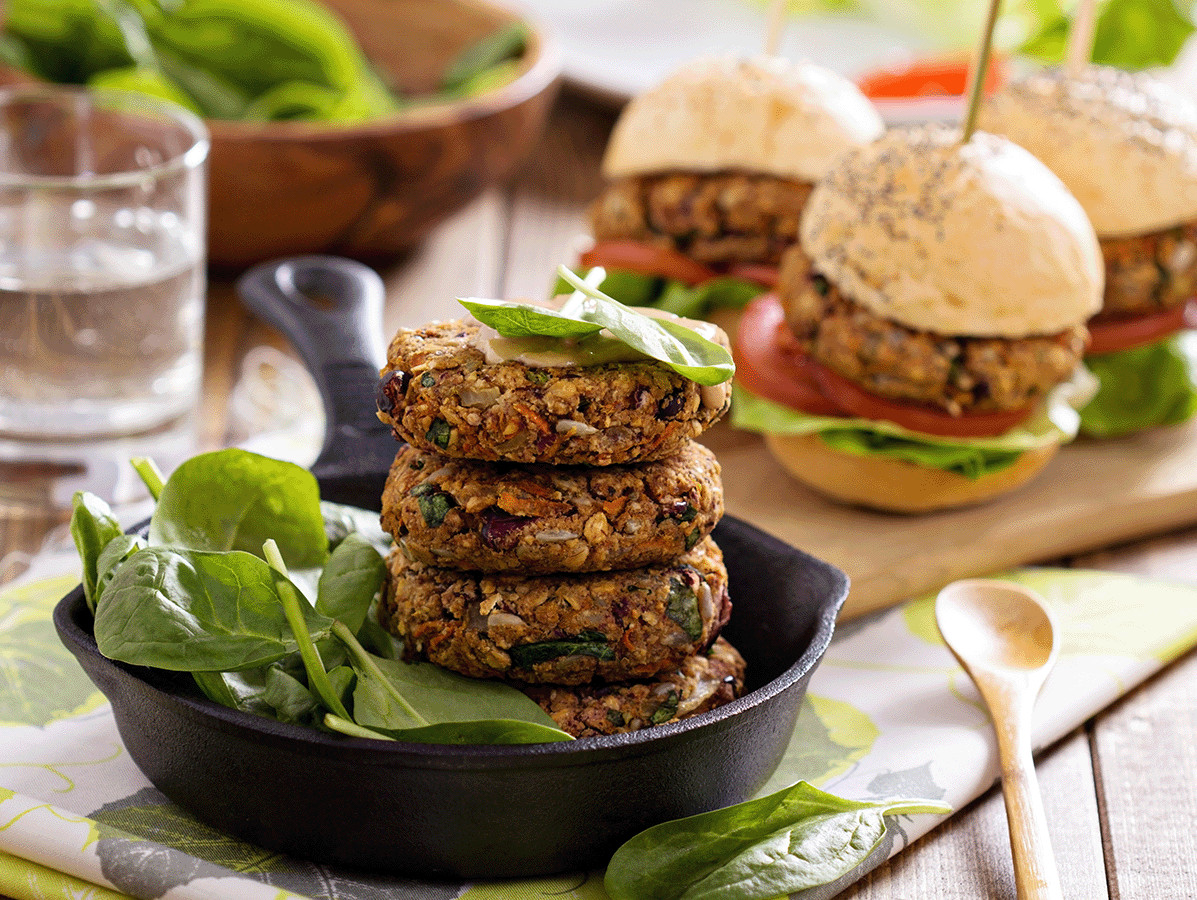
Protein transition is not just about eating less meat. It is also about equal distribution around the world. ‘Right now the focus on equitability is missing’, says Stacy Pyett, Program Manager Proteins for Life.
Pyett: “There are four important drivers for a protein transition. The most visible one is sustainability. We need to produce within our planetary boundaries. There is a growing demand for meat worldwide, but also for crops that we grow for animal feed. At this moment we are using more than is available.
The second reason that is equity. The protein is not distributed fairly. There are regions with overconsumption, and consumption of a high percentage of animal protein. And regions with undernourishment and very low access to protein, especially animal protein. The discussion on protein transition is mostly about transition from animal to plant based protein in high-income countries, but equal distribution is often left out of the societal dialogue.
We also have to think about climate resilience. We have to prepare for more floods, fires, and other extreme weather incidents. Globally, it would be smart to be less dependent on just a few types of crops. For example in the Netherlands the soil is getting increasingly saline. If we want to use our coastal lands for agriculture we need to plant crops that are saline resistant. These are things we have to consider when thinking about protein transition.
Last but not least it’s about health. Because we know that a healthy diet is more plant-based than what we eat now.”
‘WUR has three main research themes around protein transition. The first one focuses on circular systems. The core problem here is feed-food competition: we grow crops that are suitable for human consumption, like soy, and we feed them to animals that we consume. If we are only cultivating soy for human consumption, there would be no problems with deforestation because the amount we would need would be much less.
The second line of research focuses on alternative protein sources. This is important for climate resilience. For example: soil salination is a problem in the Netherlands, and also in some Asian countries. WUR researchers have developed quinoa that can grow on high saline soil. WUR is looking at sources like duckweed or microbial proteins, that don’t need land to be cultivated. We are also looking at microorganisms that are able to transform things that we cannot eat into edible proteins. For example there are bacteria that can eat methane gas and grow on that.
The third research line is about consumer behavior and how we can reach a societal shift. You can change what you’re producing, but if people aren’t buying it, that won’t work. When we ask consumers if they want to change their diet and decrease their meat consumption, almost everyone says yes. At the same time the meat consumption stays pretty consistent. The most important thing is that we try and understand the gap between intention and behavior.
Source: Wageningen University & Research